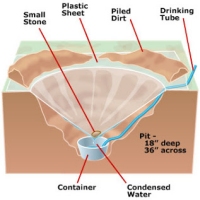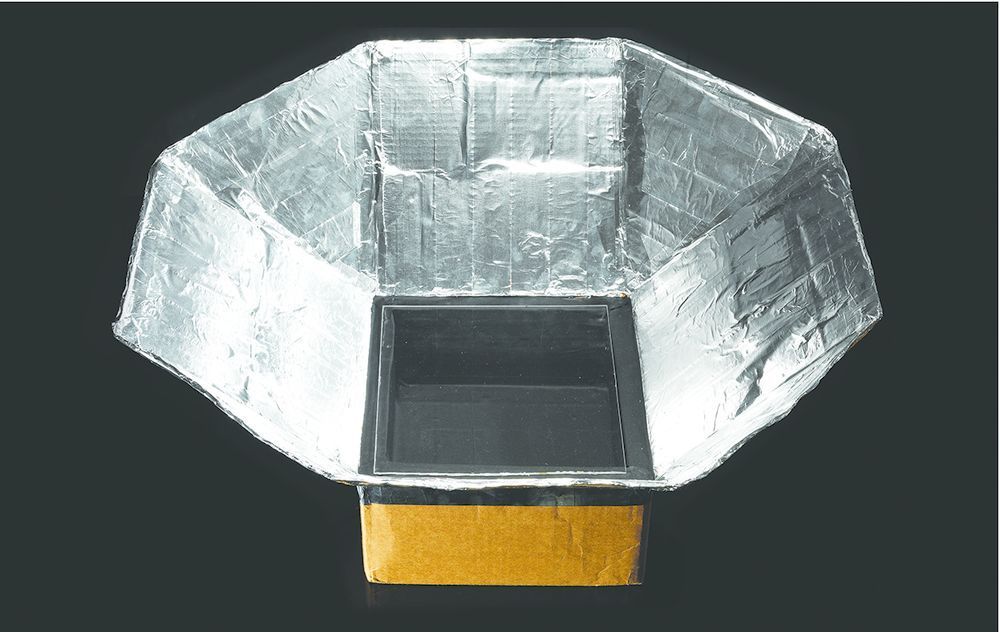First, let me explain the situation. Post-apocalypse setting, a group of humans (let's say around a hundred of them) have to find safe places to live at, protected from animals, bandits, and other menaces. They decided on a group of tall buildings (as in the picture), between 12 and 18 stories high. They live on top of them, last few floors. It provides safety, overlook of the surroundings.
Now, the city is ruined so there is no running water in the waterworks, but, there is a strong spring and a well in between the buildings. There is no city wide electrical grid, and they use generators (but rarely due to fuel consumption) and solar panels, but those are usually spent on lights, preparing food, refrigerators, etc.
Idea is that on the top of the building they have greenhouses to grow veggies for their use. But, veggies and greenhouses need water. And I don't think that rainwater is enough, even if collected for that purpose.
So, the question is, how to get the water from the spring or the well to the top of the building, where, for example, could be a big water reservoir? Or is it somehow possible to hook and reconnect the water pipes of the buildings to the spring instead of city waterworks and get it directly to the faucets?
Several members of the population living there have some knowledge in engineering and construction, theoretical and practical, so it can be done if it doesn't include some ultra complicated work that require some special machinery or conditions.
Is it possible at all without electricity and pumps? If not, I am open to all kinds of suggestions!
















